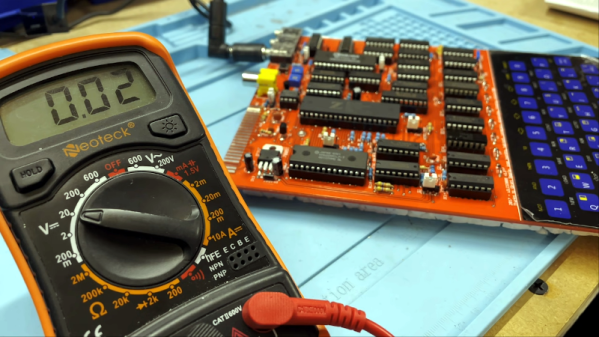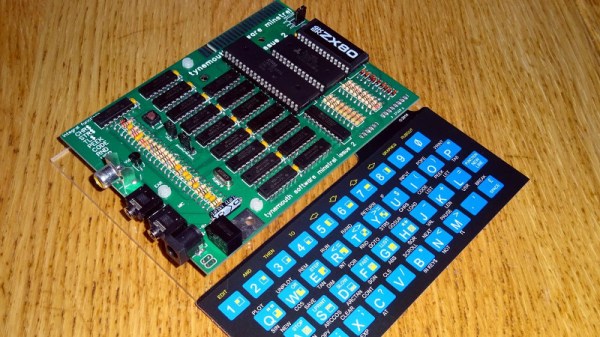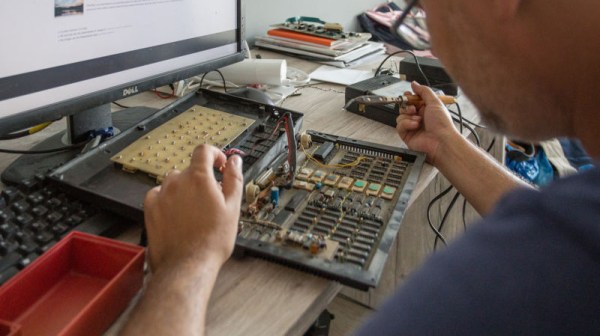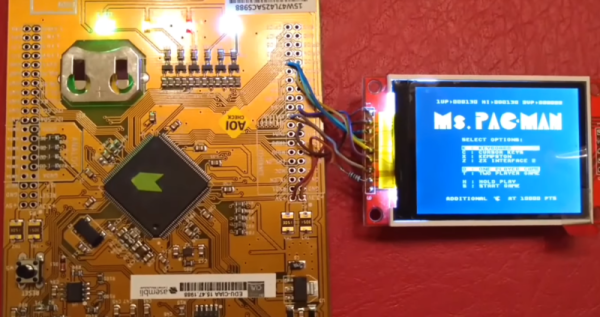In Western countries in the early 1980s, there was plenty of choice if you wanted an affordable computer: Apple, Atari, TRS-80, Commodore and Sinclair to name a few. But in communist-ruled Romania, mainly you’d find clones of the British Sinclair ZX Spectrum, an 8-bit computer built around the Zilog Z80A, using a CRT TV as display and a BASIC interpreter as UI. The Cobra was one such Romanian Sinclair clone. However, most people couldn’t afford even that, which lead to hackers building their own versions of the Cobra.
Making these clones was highly illegal. But that didn’t stop students at the Politehnica University of Bucharest. They made them for themselves, family and friends, and even sold them at well under market price. To keep people from building radio transmitters, the Communist government kept electronics prices high. So instead, parts smuggled from factories could be paid for with a pack of cigarettes.
Look inside an old Apple II and you’ll see a sea of chips accomplishing what can be done with only a few today. The Cobra clones looked much the same, but with even more chips. Using whatever they could get their hands on, the students would make 30 chips do the job of an elusive $10 chip. No two computers were necessarily alike. Even the keyboards were hacked together, sometimes using keys designed for mainframe computers but with faults from the molding process. These were cleaned up and new letters put on. The results are awesome hacks which fit right in here on Hackaday.
Sadly though, it often takes harsh necessity to make a culture where these inspiring hacks thrive in the mainstream. Another such country which we’ve reported on this happening in is Cuba, which found the necessity first when the U.S. left Cuba in the 60s and again when the Soviet Union collapsed in the 90s, reducing the availability of many factory produced items needed for daily life, and creating a DIY society.
















